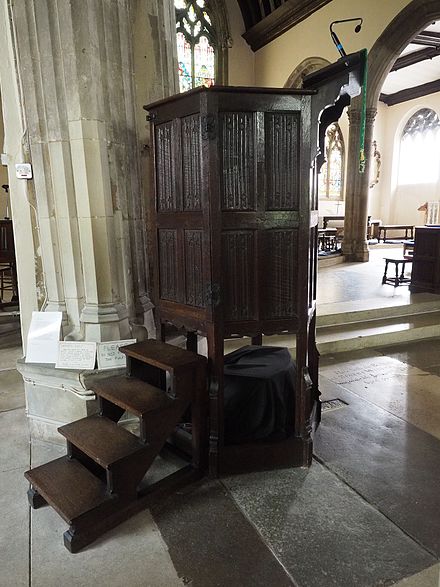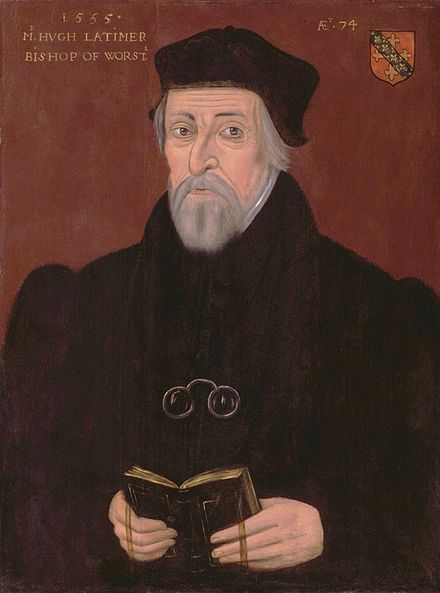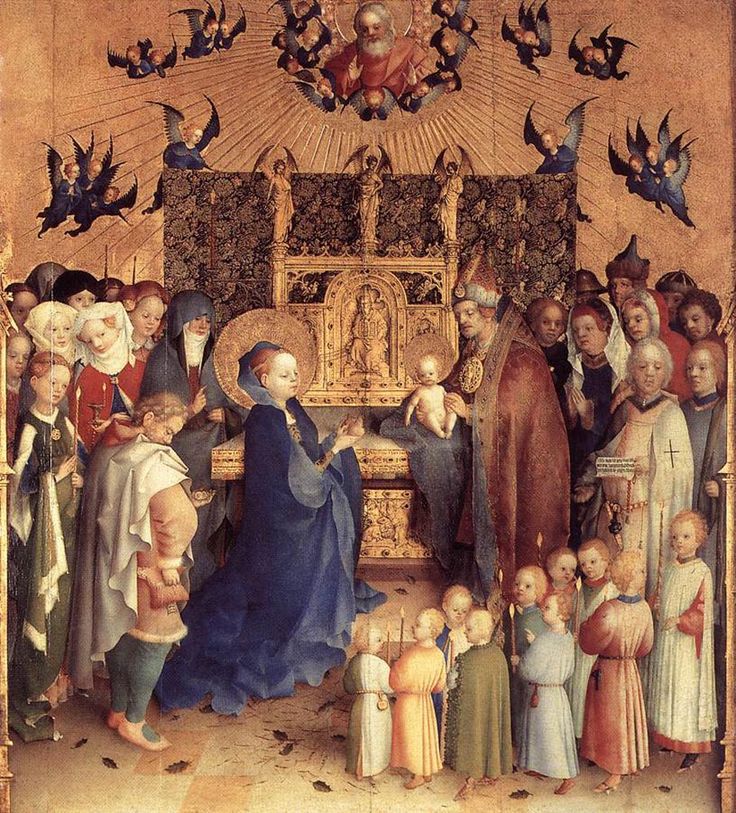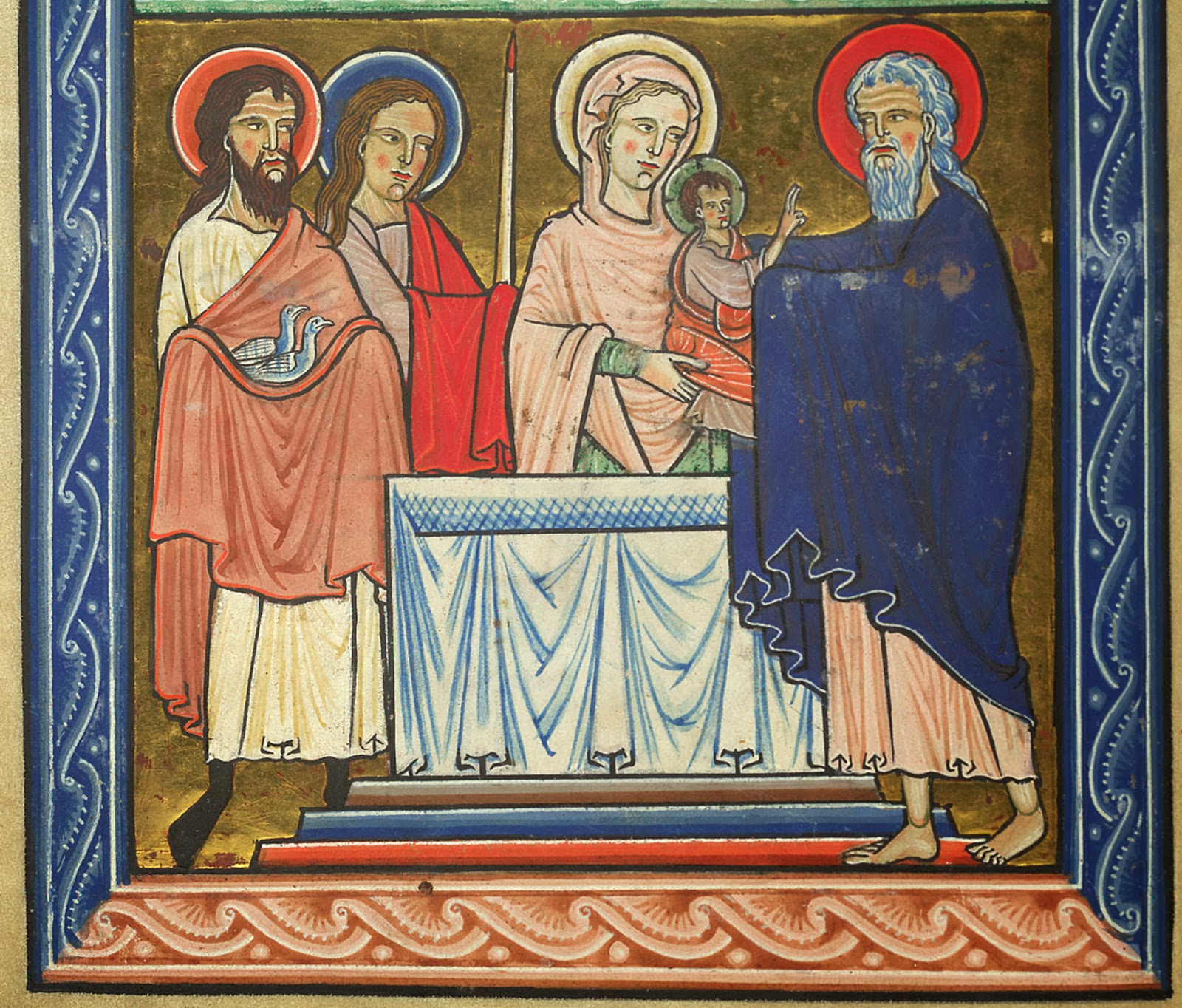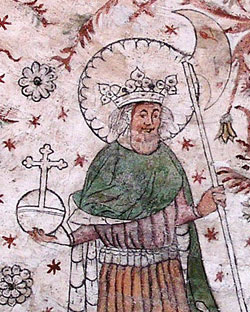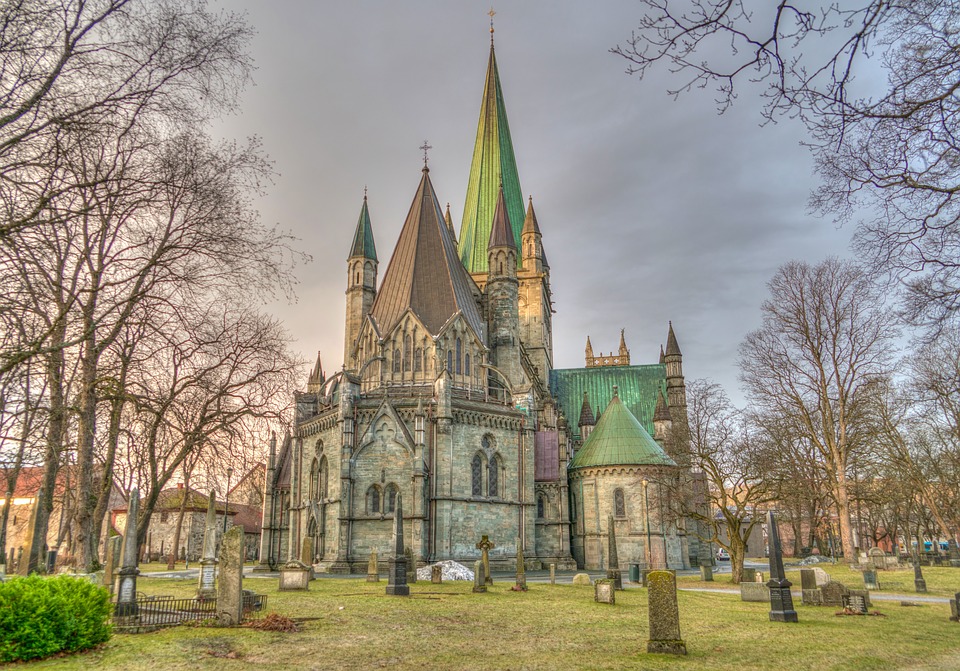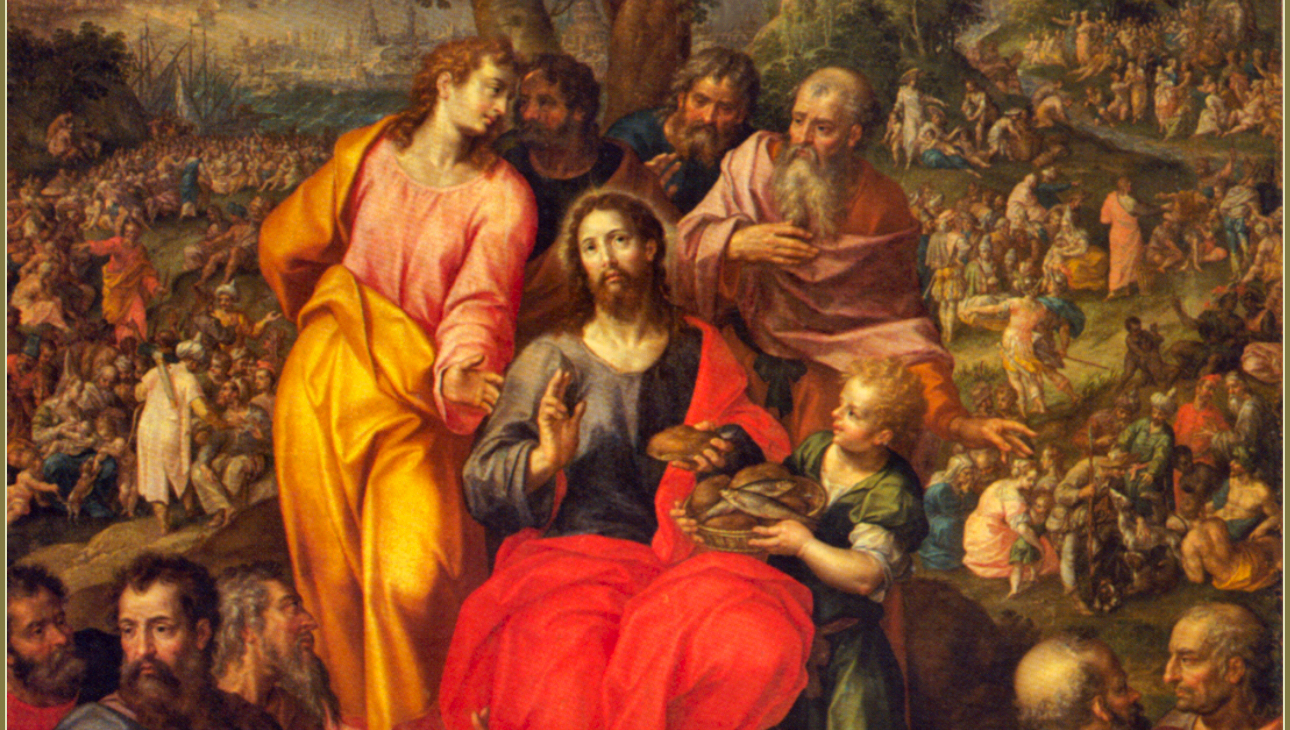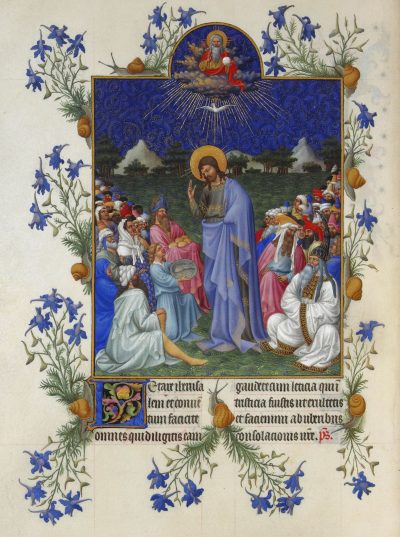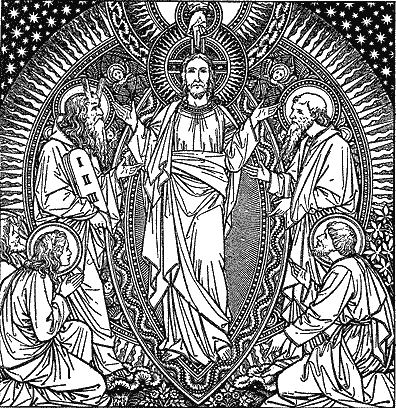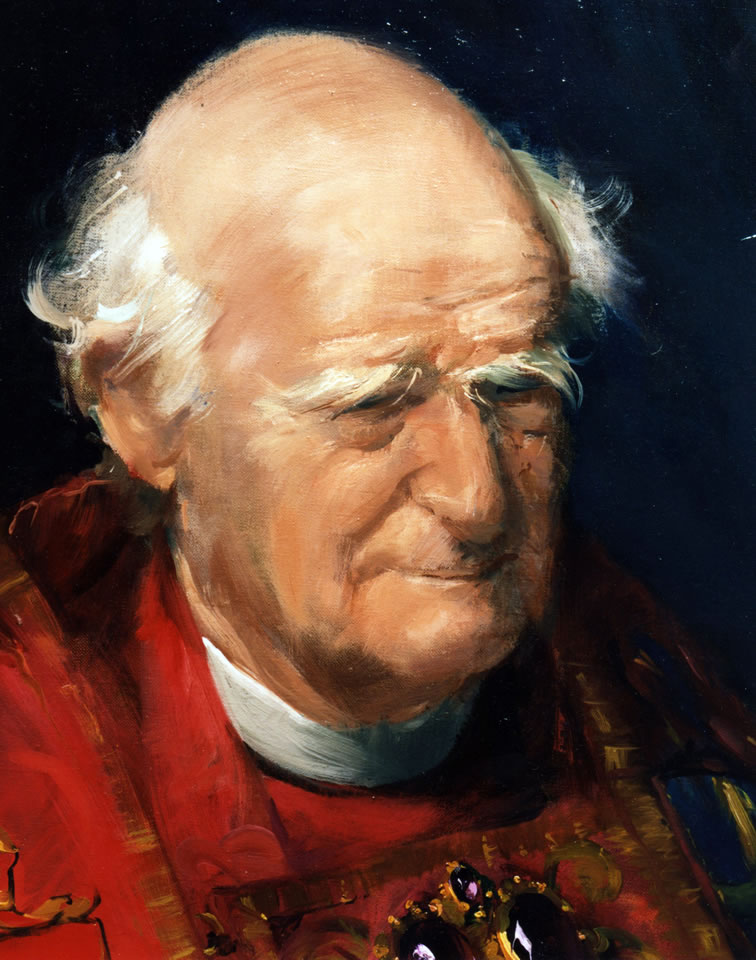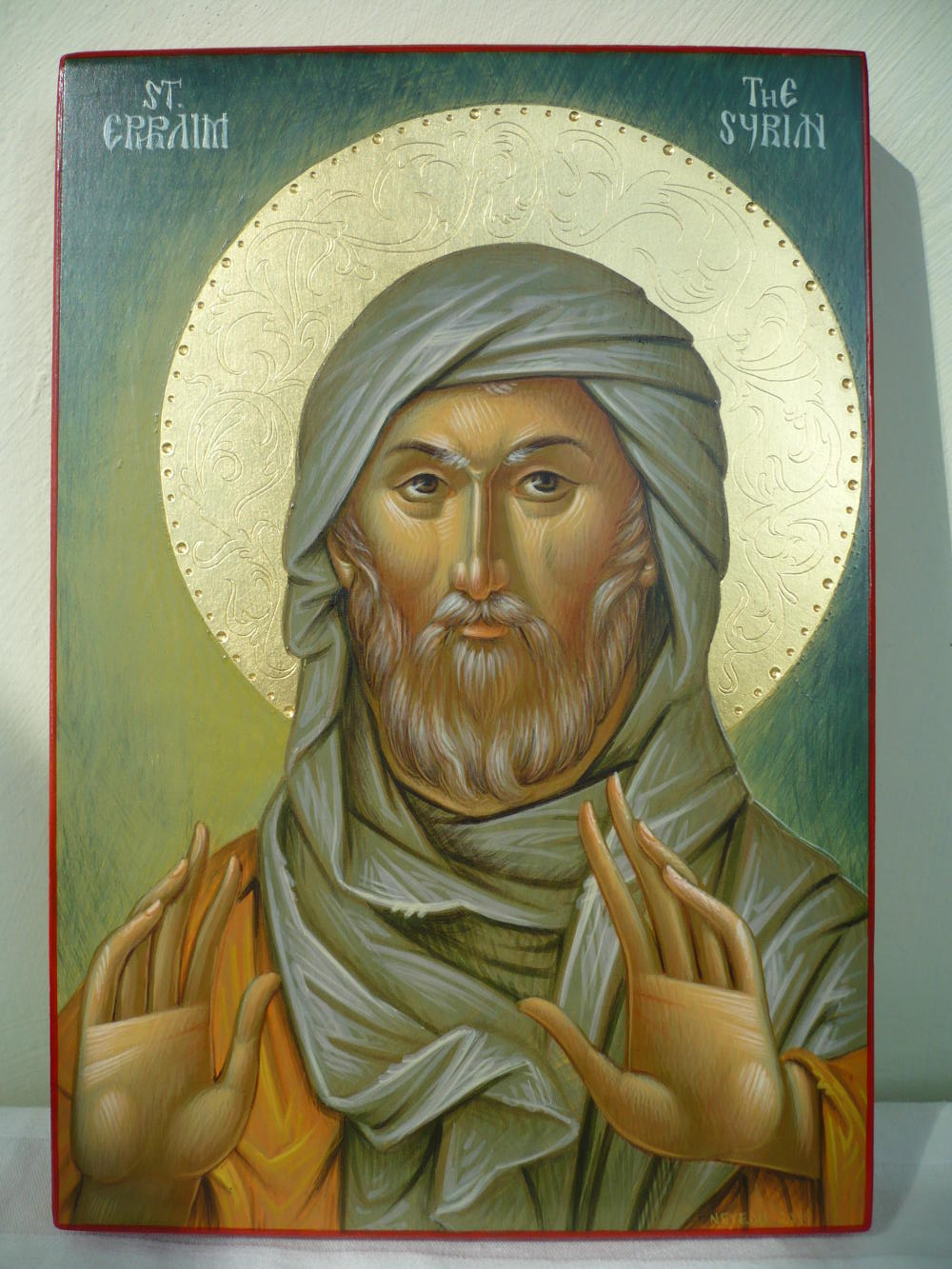Sermon given at All Saints in St Andrews
October 21, 2018 (22nd Sunday after Pentecost)
“But it is not so among you; but whoever wishes to become great among you must be your servant, and whoever wishes to be first among you must be slave of all.”
There are strong and clear messages for us in today’s readings, both about who Jesus is, and how he accomplished his Mission, and no less significant, how we who want to be his followers must strive to exercise our own discipleship. Clearly Christ came to save us and redeem us by becoming for us the Suffering Servant so powerfully described by Isaiah in today’s first reading. His suffering and humility were quite real, and his redemptive work no easy path. As Christ’s mission progressed, and as he approached Jerusalem and his redemptive Passion, Jesus often would give hints to his Apostles about the nature of his Kingdom, and what it would cost to establish it, a cost described so powerfully in our readings from Isaiah and Hebrews today.
Then we come to our two hapless brothers, James and John, (Peter is not the only Apostle who does not always get it!) who in this remarkable passage make two great mistakes in their approach to Jesus. In the first place, they actually have the temerity, and in Matthew’s version of the story egged on by their mother, a detail which we shall put aside, to tell Jesus that he should give them whatever they ask for. Jesus could have given them right then and there a rebuke, but he chooses to let them continue and ask, giving them the chance, for example, to echo the humble petitions of the Lord’s Prayer which they had already been taught. Instead they ask for something seemingly even more outrageous, namely a fantasy of honor, to sit on his left and right hands when he comes into his kingdom and power. But whatever the two enthusiastic brothers may have been imagining, Jesus makes it clear how much the apostles did not know what they were saying, and refers to the Cup that He must drink:
As St John Chrysostom comments,
“Jesus says therefore, “Can ye drink it?” as much as to say, You ask me of honours and crowns, but I speak to you of labour and travail, for this is no time for rewards. He draws their attention by the manner of His question, for He says not, Are ye able to shed your blood? but, “Are ye able to drink of the cup?” then He adds, “which I shall drink of.”
Clearly the intense service would be that of the suffering Servant, and as St Jerome says,
“By the cup in the divine Scriptures we understand suffering, as in the Psalm, “I will take the cup of salvation;” and straightway He proceeds to shew what is the cup, “Precious in the sight of the Lord is the death of his saints.”

(The Sons of Zebedee approaching Christ, Friedrich Heinrich Füger)
As if this were not enough, then the rest of the Apostles also fall into the pits of pride, muttering angrily about the affront given by James and John to their own imagined merited places of honour.
This whole episode makes the apostles incredibly worked up and agitated. In another famous passage when the apostles were becoming overly impressed with themselves, Christ brought forward a child in their midst, and admonished them that they needed to become childlike. Here he uses another approach, to calm their disquiet, and instead of responding in angry chastisement, the Lord uses the opportunity to teach them something fundamental. As John Chrysostom puts it,
“ By thus calling them to Him, and speaking to them face to face, Christ sooths them in their discomposure; for the two had been speaking with the Lord apart by themselves. But not now as before does He do it by bringing forward a child, but He proves it to them by reasoning from contraries; “Ye know that the princes of the Gentiles exercise dominion over them.””
Before we are too hard on the apostles, who unlike us had not yet had the benefit of witnessing the Resurrection and strengthened by Pentecost, we should recall that this particular temptation, to embrace the way of the princes of the Gentiles, is not something that faded away in time. Far from it, it is sadly often found in church history, particularly among those who convince themselves that they are doing something good. For me, this passage called to mind something the Venerable Bede relates about those who were the founders of the church in Britain, thus the founders of our own Christian traditions.

The pagan Anglo-Saxons had conquered and driven the Celtic British Christians into the Western regions, what we now call Wales and Cornwall, and there was no love lost between these British Christians and their enemies and conquerors. When the future St Augustine of Canterbury arrived as a missionary from Italy sent by Pope Gregory, bringing with him the customs and traditions of Rome which by now differed from the older British ones, from his Roman point of view he expected the Celtic Christians to accept his authority. A meeting was arranged by the two sides, and Bede tells us what happened:
Seven bishops of the Britons, and many most learned men, were to go to the aforesaid council, but first they consulted a certain holy and discreet man, who lived as a hermit among them, and asked him, whether they ought, at the preaching of Augustine, to forsake their traditions. He answered, “If he is a man of God, follow him.” – “How shall we know that?” said they. He replied, “Our Lord says, Take my yoke upon you, and learn of me, for I am meek and lowly in heart.” If therefore, Augustine is meek and lowly of heart, it is to be believed that he has taken upon him the yoke of Christ; and offers the same to you to take upon you. But if he is stern and haughty, it appears that he is not of God, nor are we to regard his words.” They insisted again, “And how shall we discern even this?” – “Do you contrive,” said the hermit, “that he may first arrive with his company at the place where the synod is to be held; and if at your approach he shall rise up to you, hear him submissively, being assured that he is the servant of Christ; but if he shall despise you, and not rise up to you, whereas you are more in number, let him also be despised by you.”
Now of course Augustine, following the normal Roman way for a bishop, sat in a chair waiting for them, and, following the old Roman ways, drawn from imperial protocol, did not stand, and it probably never entered his mind to stand. So it happened that when the British bishops came, Augustine was sitting on a chair, and when they observed this, like the apostles in our reading today, Bede tells us, fell into a passion, and charging him with pride, endeavoured to contradict all he said. He said to them, “You act in many particulars contrary to our custom, or rather the custom of the universal church, and yet, if you will comply with me in these three points, viz. to keep Easter at the due time; to administer baptism, by which we are again born to God, according to the custom of the holy Roman Apostolic Church; and jointly with us to preach the word of God to the English nation, we will readily tolerate all the other things you do, though contrary to our customs.” They answered they would do none of those things, nor receive him as their archbishop; for they alleged among themselves, that “if he would not now rise up and stand for us, how much more will he contemn us, as of no worth, if we shall begin to be under his subjection?” To whom the man of God, Augustine, is said, in a threatening manner, to have foretold, that in case they would not, all would go poorly for them.”
Here both sides failed to understand one another, standing upon their rights and what was due to them as both of their cultures, whether the Celtic or the Roman, understood it. Standing on ceremony, threatening and despising one another, embracing all too much the way of the princes of the gentiles as they understood them, perhaps almost hoping that the other side would make a mistake they could pounce upon, the meeting failed and cemented a legacy of distrust for generations.
But Bede has more to say, namely the witness of the saintly bishop Chad. He had been made a bishop for York and the North by the saintly Aidan of Lindisfarne in the Celtic manner, and was known for his itinerant preaching on foot in the countryside, care for the poor, his own poverty and simplicity and dedication to reading and praying with Scripture, a care for the sick which eventually led to his own death from plague. Due to confusion a dispute arose and when the new archbishop, St. Theodore of Canterbury, arrived in England, he charged Chad with improper ordination. In humility Chad resigned, but when he actually met Theodore, the archbishop was so moved and impressed with Chad’s transparent humility, his sincere self-effacement, that Theodore himself physically helped the reluctant Chad to mount a horse, and when another bishop died he asked the king to appoint Chad as the bishop’s successor. Peace had come to the Church in the North.

Jesus knows how hard this is, how strong the temptation is to insist on the prerogatives of the princes of the Gentiles, even for saints like Augustine or Theodore of Canterbury; and that is why, as Jerome says, Jesus did not chastise the apostles, but rather
“the meek and lowly Master neither charges the two with ambition, nor rebukes the ten for their spleen and jealousy; but instead the Gospel says, “Jesus called them unto him.”
Jesus knows us very well; he knows we have this temptation, this weakness, to want recognition, to get our due, to be revered, to seek power even when it is in the cause of seemingly good things. He knows from his own experience it is not always the case to encounter a posture of receptivity, and instead to be met with constant judgement, misunderstanding, and sometimes rejection and much worse. Perhaps He was patient and gentle with the apostles because He knew that they themselves would someday imitate Him as Suffering Servant even to the point of their own martyrdoms, as Tradition tells us.
We may not, hopefully, be called to literally imitate every aspect of the Suffering Servant, but we are nonetheless called to our own form of participation in the servant hood of Christ. This was the message Jesus gave us in today’s Gospel and other similar passages, and most dramatically and poignantly right before his Passion, when he washed the feet of the disciples, and directed them to a life of service, that is ministry. It may well indeed lead to martyrdom, but more likely for most of us a life of daily service, marked by a sincere attentiveness to the needs of the day, attentiveness to the needs of those around us, a posture of receptivity as we become as individuals and a church and society what one spiritual teacher once called “people of the towel and water.” As Evelyn Underhill once beautifully put it:
“To the eye of faith the common life of humanity, not only abnormal or unusual experience, is the material of God’s redeeming action. As ordinary food and water are the stuff of the Christian sacraments, so it is in the ordinary pain and joy, tension and self-oblivion, sin and heroism of normal experience that His moulding and transfiguring work is known…A deep reverence for our common existence with its struggles and faultiness, yet its solemn implications, comes over us when we realize all this; gratitude for the ceaseless tensions and opportunities through which God comes to us and we can draw a little nearer to Him—a divine economy in which the simplest and weakest are given their part and lot in the holy redemptive sacrifice of humanity and incorporated in the Mystical Body.”

Let us ask Jesus for the insight to see these opportunities all around us. Let us conform our will to his, so that when we pray that he does what we want, we are actually asking him for the right thing, that His actual will be done, that we be strengthened to be servants in the greatest task of all, humbly going about doing the small but crucial tasks that make his Kingdom come. That way, the people we encounter will recognize the face of Christ in us, just as we recognize him in them. When we practice this servant way of love, no matter what befalls us, we know that Christ will be near us, and welcome us, recognizing us as his brothers and sisters, ready to share every aspect of his life, to drink with him not just the cup of suffering, but indeed the cup of eternal salvation. And then, we will rejoice to hear spoken both to ourselves and all those around us the lovely words of the Prophet Isaiah,
“Those who love me, I will deliver;
I will protect those who know my name.
When they call to me, I will answer them;
I will be with them in trouble,
I will rescue them and honour them.
With long life I will satisfy them,
and show them my salvation. Amen.”

